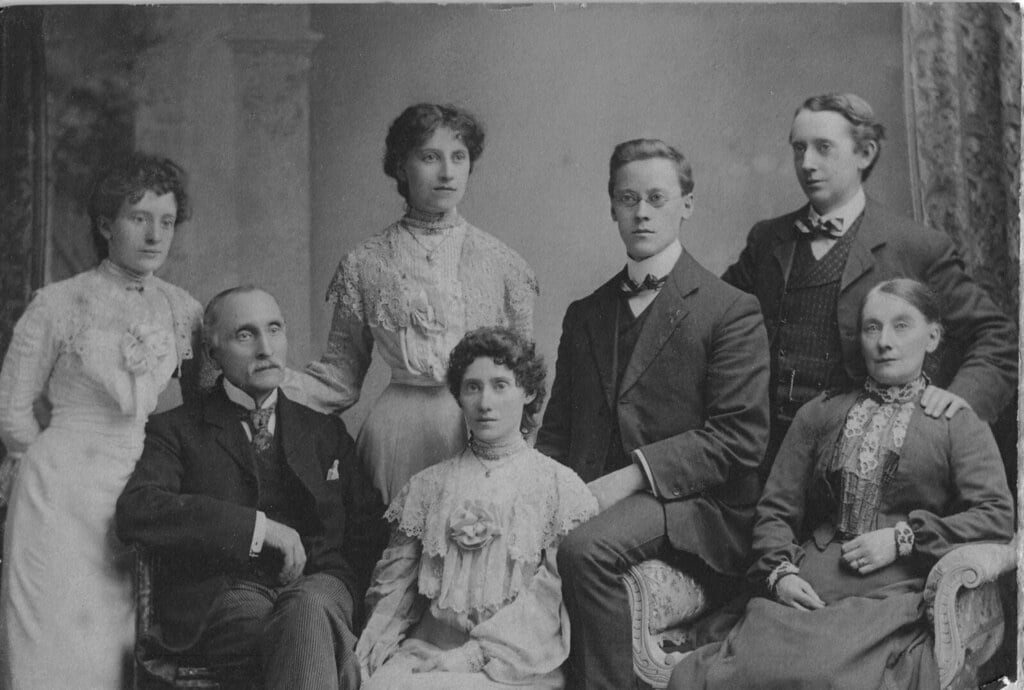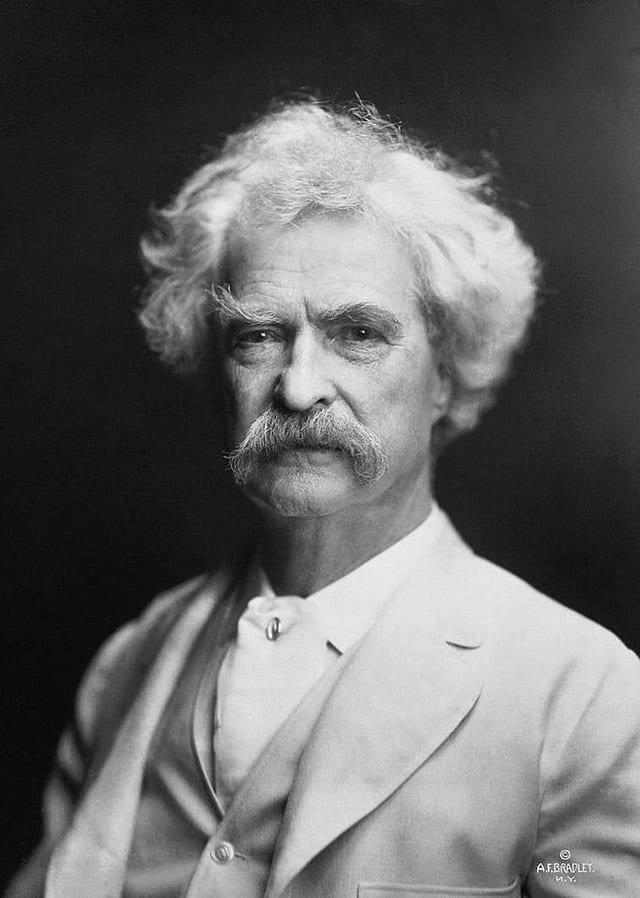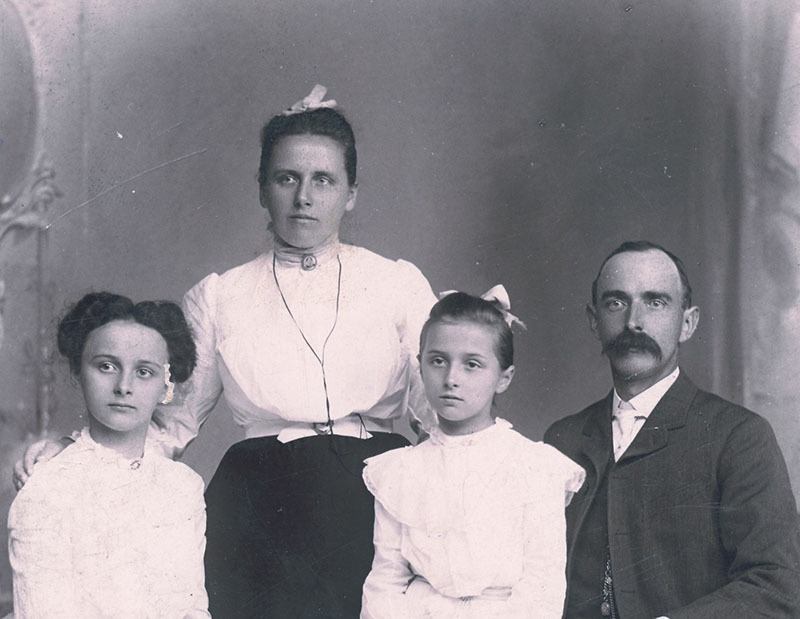Last updated on October 25th, 2022 at 08:06 pm
Have you ever looked at an old photograph and wondered why everyone is so serious? People used to smile a lot less than they do today.
But why is that?
There are several theories why smiling was rare in old photographs. This blog post will explore those reasons and discuss the history of smiling in pictures.

The Whole Picture
Over time, many theories have been put forward to explain why people didn’t smile in old photographs. Some of the first photographs were taken in the late 1820s; the practice was seen as artistry and a social activity like modern pictures.
Pictures were also used as a practical tool for communication and documentation. In the early days of photography, the process was slow and required a lot of time and effort, and primarily affected those in the photograph.
The Seriousness of Portraits
Early photographs were often taken as portraits. Portraits were meant to capture the subject naturally and seriously. This opinion lasted until the 1920s and 1930s when smiles became more prevalent. The question remains, what changed?
The Many Theories of Serious Photographs
In modern times, if we don’t see someone smiling in a photograph, we might assume that they’re unhappy. But this wasn’t always the case. There are several theories about why people used to avoid smiling in photographs.
One theory is that people believed their teeth were not attractive and didn’t want to show them off. Many people cite this theory as the most legitimate since people generally had terrible teeth by today’s standards.

However, this theory is often debunked because it wouldn’t have been noteworthy to have rotten teeth yourself since everyone had terrible teeth.
In addition, others would argue that just because bad teeth were common doesn’t mean that it was a desirable trait.
Angus Trumble, the director of the National Portrait Gallery in Canberra, Australia, mentions that the professionalization of the Dental Industry brought about the tradition of smiles in photography.
One of the most popular theories is that early photographers simply couldn’t capture a person’s smile in a photo. This was due to the long exposure times necessary to take a photograph.
In the early 1800s, exposures could take a few minutes to over 30. This meant that people in pictures had to remain completely still for long periods, making it difficult to smile.
Often in response to this, they would choose a most comfortable position and a facial expression that was easier to capture.
However, the technology theory doesn’t seem to hold as much water because, by the 1860s, exposures had decreased significantly to just a few seconds.
The improvement in picture quality and efficiency was due to new camera designs and photographic materials, most likely coming from George Eastman’s introduction of roll film in 1885.
So, if the technology had improved by the 1860s, why were people still avoiding smiles in photographs?
Christina Kotchemidova, a professor who studies culture and communication, disagrees with the technology factor, stating that it’s not natural for people to smile when in front of a camera.
Other experts suggest that photography and portrait painting are art forms and customs stated that smiling is inappropriate for portraits. In addition, grinning was an unattractive expression and depicted a lack of sophistication.
The idea of sophistication comes into play when you consider that photographs weren’t accessible to everyone in the mid-1800s.
They were a luxury that only the wealthy could afford. So, it’s possible that people who had their pictures taken wanted to maintain thoughtful and serious expressions.
But, on the opposite side of the aisle, those common folk that could afford pictures didn’t smile because it was most likely their only opportunity to take their photo. So, they wanted to make it count by looking their best.

Often, smiling was seen as an indication that the person was informal and unprofessional. Wider smiles were associated with madness, debauchery, and drunkenness; this was the typical attitude toward smiling.
As an image of someone, the picture needed to be a realistic representation of them. In short, smiling was often seen as artificial or contrived, and therefore photographers did not use it in these types of photographs. Smiling was undignified.
The Likely Reason for No Smiles in Old Photographs
While there are many theories about why people avoided smiling in early photographs, the most likely explanation is the idea that smiling in a picture would imply low class.
The pictures’ subjects were usually wealthy people and some middle-class citizens who wanted to maintain an air of sophistication. As a result, photographs were expensive, much like personalized artwork and painted portraits.
According to this theory, it wasn’t until the early 1900s, when people from all walks of life started having their pictures taken, that smiling became more common in photographs due to the democratization of the camera.
This is also supported by the fact that, as cameras became more affordable, snapshot photos started to become more common. And in these types of photographs, people were more likely to be caught smiling or even laughing.
The stigma around smiling in photos had started to dissipate.
The Smile Revolution
In the late 1800s and early 1900s, there was a shift in how people viewed photographs. They started to see them as a snapshot of a moment rather than a formal portrait.
This change in attitude is likely what led to people becoming more comfortable smiling in photographs.
Amateur photography was also more prevalent, and consumers developed new expectations and ideas about how they wanted to be remembered.
By World War II, smiling in photographs had become the norm. So, while technology improved and people could smile, it wasn’t until later, when the social attitudes changed, that we started to see more smiles in photographs.
Smiling in Old Photos
Today taking photographs has become second nature, and we don’t consider whether we should smile. It’s a natural reaction to say “cheese” when the camera comes out. But it wasn’t always that way.
The next time you look at an old photograph, take a moment to wonder why the subject isn’t smiling. Chances are they are trying to maintain their sanity, dignity, and sophistication.

